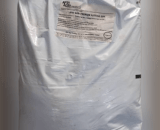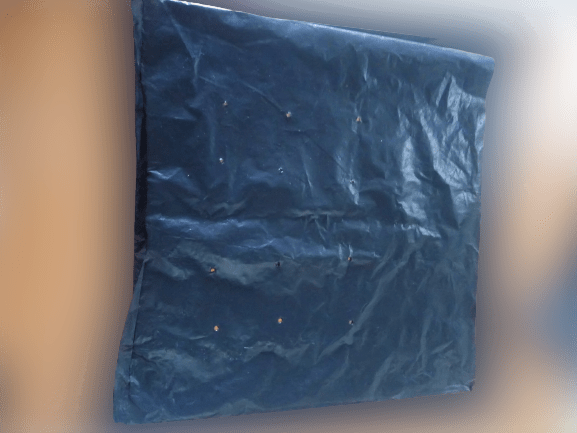Grow bags
Grow bags are large plastic bags filled with a growing medium and used for growing plants, usually tomatoes or other salad crops. The growing medium is usually based on a soil-less organic material. Various nutrients are added, sufficient for one season’s growth, so frequently only planting and watering are required of the end-user.
Planting is undertaken by first laying the bag flat on the floor or bench of the growing area, then cutting access holes in the uppermost surface, into which the plants are inserted.
Grow bags are incredibly useful throughout the garden. They give an instant growing space for sweet peas, annual climbers like morning glory, or productive herbs, vegetables or even fruit.
How to get the best from grow bags
- Fluff up before planting: When you get your grow bags home, plump them up like a pillow before you use them. This breaks up the compost inside where it’s become compacted in the stack, letting in air and making it easier for your plant’s roots to penetrate.
- Stack several together: If you’re growing big plants like tomatoes, consider stacking two or even three grow bags on top of each other to give your plants a better root run. Cut out a long rectangle from the first grow bag, then put another on the top, cutting squares from the underside to let the roots through.
- Feed regularly: Plants in grow bags rely on you for feed and water, so make sure your plants never go short. A weekly general-purpose liquid seaweed feed keeps most plants going; switch to high-phosphate tomato feed once they start flowering. You’ll find both in our garden centre.
- Recycle the compost: When you’ve finally finished with your grow bag, empty the spent compost on your compost heap or just straight onto your flower beds as a soil-improving mulch.
Advantages of using Grow bags
- Grow bags for the greenhouse can be used anywhere. In fact, one of the biggest grow bag advantages is being able to grow plants in places that were previously considered unusable, such as in rented yards or even small apartment balconies.
- They can be used in areas with bad soil, growers with heavy soils may specifically choose these bags as a means by which they are able to grow more successful crops of root vegetables such as carrots and potatoes. If your soil isn’t quite up to par, using a grow bag can fix that. Much like a raised bed or container, you can grow plants in looser, healthier soil.
-
The ease with which grow bags are assembled makes them a viable and cost-effective option for many people. Without the need to remove grass or prepare beds with the use of tools, even novice gardeners are able to create impressive vegetable gardens and displays filled with annual flowering plants.
-
Improved overall root health is one of the main grows bag advantages. As the plant roots become established in the bag, their sensitivity to heat and moisture naturally begins the process of “air pruning.” Simply, this process allows the plant to create a more robust root system.
- Additional pros to gardening in grow bags relate to factors that can directly impact the health of the plants grown. High-quality fabric grows bags allow for excellent drainage, so issues related to over-watering are alleviated. Frequent problems that occur with other containers, such as root rot, are not a common cause for concern when using bags.














Customer reviews
Reviews
There are no reviews yet.
Only logged in customers who have purchased this product may leave a review.